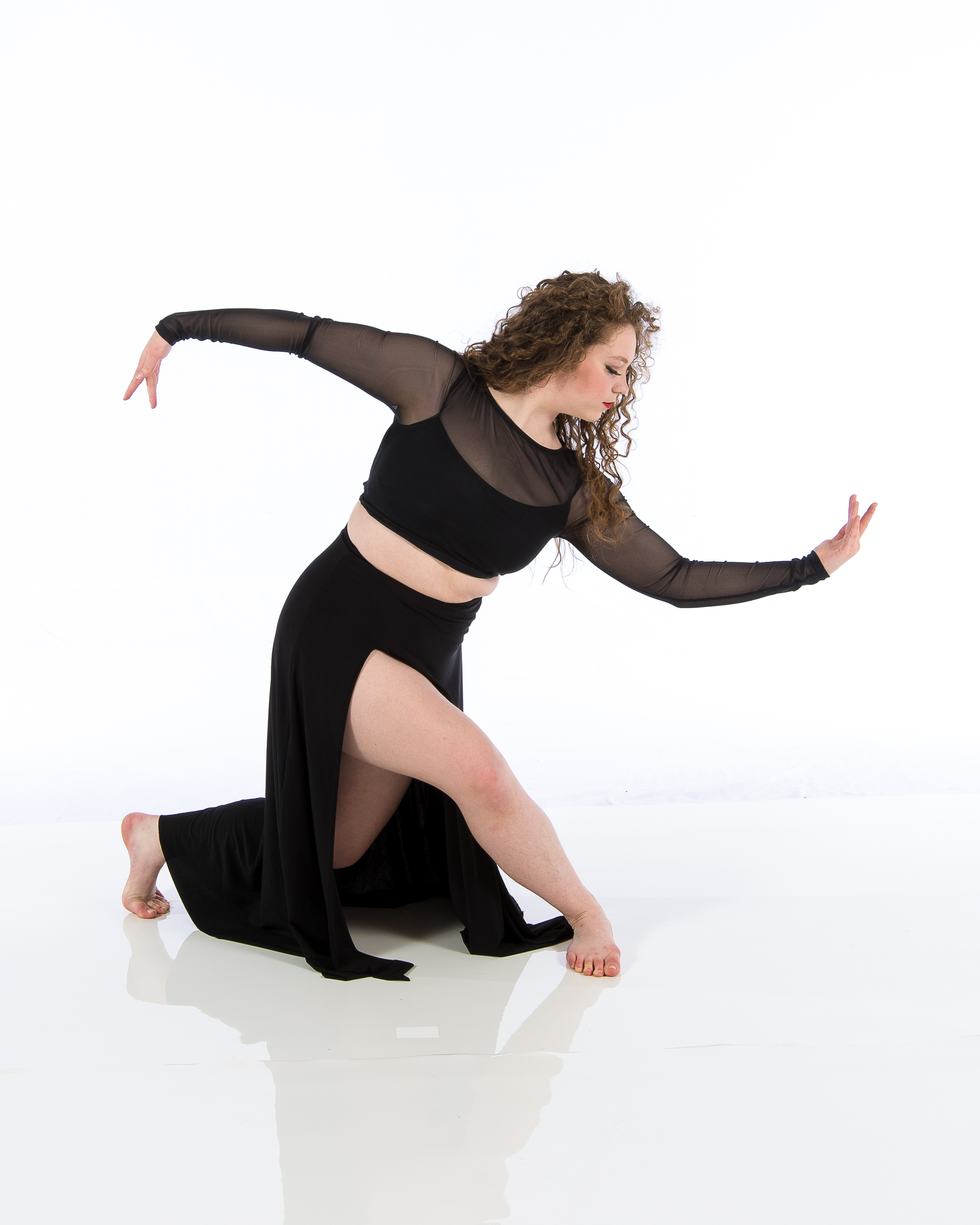Introduction
In an age where artistic expression reigns supreme, academies dedicated to the craft of dance have become essential pillars in nurturing talent and honing skills. The journey to becoming a proficient dancer often begins with choosing the right institution—one that not only imparts knowledge but also fosters a passion for dance. But how do prospective students navigate through myriad options? What queries should they consider regarding faculty and training? This article aims to unravel these mysteries by addressing critical questions about faculty credentials, training methodologies, and more.
Taking the Next Step: Important Queries About Faculty and Training at Academies
What Should You Look for in Dance Academy Faculty?
When selecting a dance academy, examining the qualifications of its faculty is paramount. A well-rounded instructor should not only possess extensive experience but also exhibit a passion for teaching. Here are some key attributes to consider:
- Educational Background: What degrees or certifications do they hold? Professional Experience: Have they performed professionally? Teaching Philosophy: How do they approach teaching dance? Diversity of Expertise: Can they teach multiple styles (e.g., ballet, jazz, hip-hop)?
How Important is Faculty Experience in Dance Training?
Faculty experience plays a crucial role in shaping the educational environment at a dance academy. Experienced instructors can offer insights that novice teachers may lack. They bring real-world experience into their lessons, allowing students to gain practical knowledge about the industry.
Benefits of Experienced Instructors
Mentorship Opportunities: Seasoned professionals often serve as mentors. Networking Possibilities: Their connections can open doors for students. Industry Insights: Knowledge about trends and opportunities in dance.Are Guest Instructors Beneficial?
Yes! Guest instructors can provide invaluable perspectives and techniques that enrich the learning experience. They often bring fresh ideas and varied expertise from different cultures or dance forms.
Potential Benefits of Guest Instructors
- Exposure to Different Teaching Styles Workshops on Specialized Techniques Networking Opportunities
What Training Programs Should Dance Academies Offer?
A comprehensive training program should cover various aspects of dance education including technique classes, choreography sessions, performance workshops, and even fitness training.

Essential Components of a Quality Curriculum
Technique Classes: Focus on developing foundational skills. Choreography Sessions: Encourage creativity and self-expression. Performance Opportunities: Allow students to showcase their skills. Fitness and Conditioning: Promote physical health alongside artistic development.How Does Class Size Impact Learning?
Class size can significantly influence Beaverton dance schools the quality of instruction received by students at a dance academy.
Advantages of Smaller Class Sizes
- More personalized attention from instructors. Greater opportunities for feedback. Enhanced student engagement during lessons.
What Are the Expectations During Training?
Students should be prepared for rigorous training schedules that demand both physical stamina and mental focus.
Common Expectations Include:
Regular attendance Participation in rehearsals Commitment to personal practice Openness to constructive criticismIs It Important to Evaluate Performance Opportunities Offered?
Absolutely! Performance opportunities are essential for growth as they allow students to practice their craft under pressure.
Types of Performances Students Might Encounter
- Recitals Competitions Community Shows
FAQs
1. What qualifications should I look for in faculty members at a dance academy?
Look for instructors with formal education in dance, professional performance experience, and proven teaching abilities.
2. How can I determine if an academy has a good curriculum?
Request information about their course offerings and inquire about performance opportunities, guest instructors, and overall student outcomes.
3. What is the average class size at reputable dance academies?
While it varies, smaller class sizes (typically under 15) are generally preferred as they allow for more individualized attention.
4. Are scholarships or financial aid available at most academies?
Many institutions offer scholarships based on merit or need; check with each academy’s admissions office for specifics.
5. How important are auditions when applying to a dance academy?
Auditions help assess your skill level; this helps ensure you’re placed in classes suited to your abilities.
6. Can attending multiple academies benefit my training?
Yes! Diverse learning environments can broaden your skill set and expose you to various teaching styles.
Conclusion
Choosing the right dance academy is akin to laying down the foundation of your dancing career—it's essential for future success in this vibrant field. By carefully considering factors such as faculty qualifications, training programs, class sizes, and performance opportunities, prospective students can make informed decisions that align with their personal goals and aspirations. As you take this vital step forward in your artistic journey, remember that every question you ask brings you closer to finding an institution that resonates with your passion for dance.
With this comprehensive guide titled "Taking the Next Step: Important Queries About Faculty and Training at Academies," you're now equipped with critical insights needed to navigate your way through potential academies effectively! Embrace this thrilling chapter ahead—you've got this!